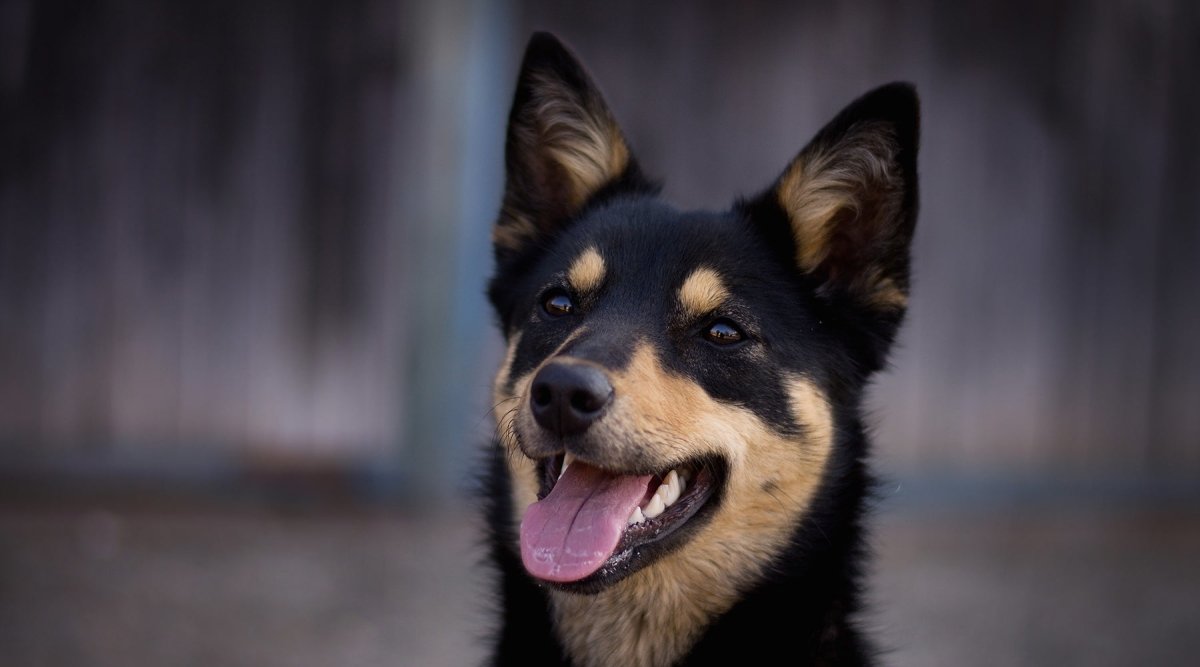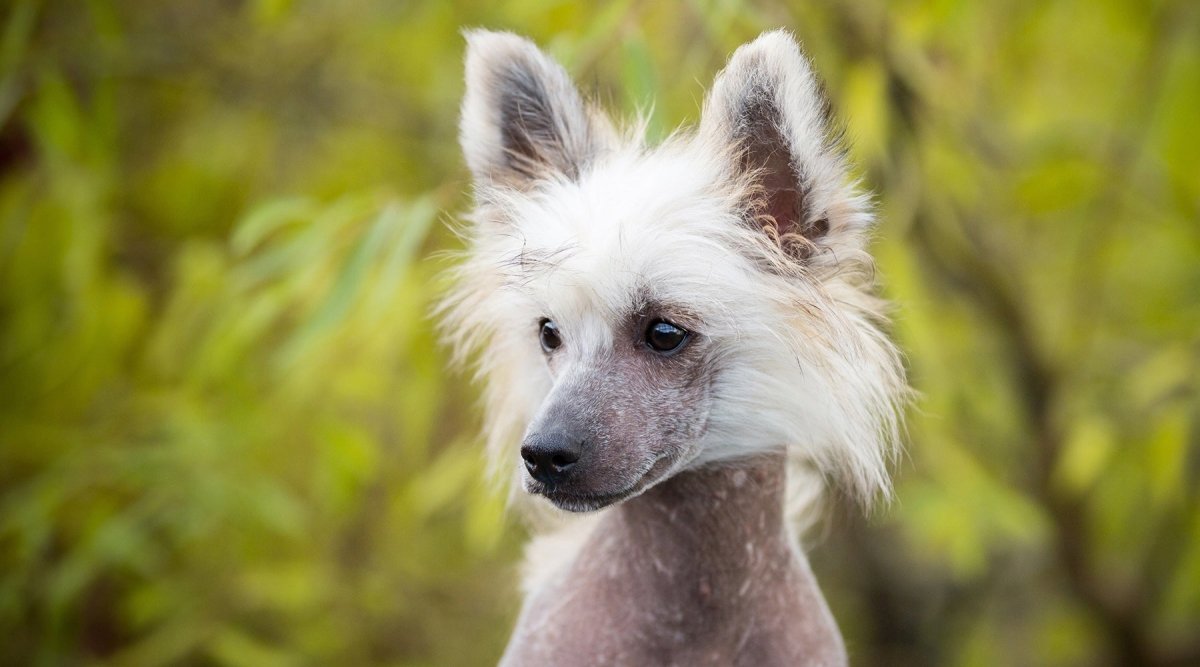Today we are introducing you to a dog breed that is exotic in name but has its roots in southern Europe: The Havanese. Find out in our Havanese breed portrait whether this small dog is a good match for you and what you need to pay particular attention to with this four-legged friend!
Origin of the breed
The Havanese originated from the Bichon breed, which also includes the Maltese, Bolognese and Bichon Frisé. The small Bichons and other Havanese-like dogs already existed in Europe before the 15th century. They originally came from the western Mediterranean region around Italy and Spain.
From the name, the Cuban city of Havana is quickly associated with this dog breed, and it is indeed assumed that the breed was brought to Cuba by sailors. The small dogs were then so popular and widespread in the capital that they literally became the symbol of Havana. From Cuba, the dogs eventually spread to America and then back to Europe through trade. Unfortunately, there are only a few Havanese left in Cuba today. There is even talk that all Havanese on the island state are now extinct.
What does the Havanese look like?
The Havanese is a small dog with a long, smooth, wavy or curly coat. While Bichons are only available in white, the small Cuban can be found in different colors: Coat colors such as beige, grey-black, various shades of brown or even spotted are common in the Havanese. The Havanese's coat covers its entire body, and even the small pointed ears and eyes are hidden under the long coat. This is why the small dogs are often seen with their hair done and their head in a plait. The top coat is very luxuriant and bushy, but the Havanese has hardly any undercoat. It is therefore one of the dogs that shed the least.
In order to keep the demanding coat of this dog breed shiny and vital, the dog should be given additional vitamins and minerals with its food so that the demanding coat of the four-legged friend does not become dull and brittle. Brewer's yeast, salmon oil for dogs and coconut oil for dogs are proven supplements for the dog's coat that stimulate the metabolism and provide the top coat with an extra portion of nutrients.
The little Cuban grows up to 28 cm tall and weighs no more than 6 kg. This makes them ideal for traveling.
Havanese character
The Havanese is a friendly, lively and sociable dog. It is affectionate and intelligent and loves learning games and extensive activity. Its pleasant and uncomplicated nature makes it an ideal companion for people looking for a balanced dog. The Havanese is both child-friendly and suitable as a family dog, but is also a good companion for older people and singles. The four-legged friend feels just as comfortable in an apartment as in a house with a garden, which is why this dog breed is also very suitable for city dwellers.
However, there is more to this little rascal than meets the eye. Despite its small and slender build, this four-legged friend is a real sportsman and needs plenty of exercise. It can easily go for long walks and even enjoys a few short jogs. Due to its instinct to learn, it can learn tricks and commands quickly and really enjoys doing them.
Is the Havanese right for me?
The Havanese is actually suitable for almost anyone who loves dogs and values a balanced four-legged friend. However, if you are looking for a working dog, this is not the breed for you. Enduring hunting weekends or herding sheep and cattle is not possible simply because of its size. This little four-legged friend is a pure companion dog that loves to cuddle and spend a lot of time with its owner. However, it can easily be trained to stay alone. A few hours without supervision will not cause him to rebel if he is well trained.
Diseases typical of the breed
The Havanese can live up to 15 years. It is one of the healthy dog breeds and is not overbred. They are quite robust and not very susceptible to disease. Typical breed or genetic diseases are rare in the small Cuban. There are only two known genetic diseases, although these also occur frequently in other dogs and are not specific to this breed:
1. kneecap affected by patellar luxation:
This involves displaced or dislocated kneecaps. The kneecap pops out at the side, i.e. is dislocated. This condition can already occur in very young dogs. However, it is not only typical of the Havanese, but is generally widespread in many small dog breeds. An incorrect diet with inadequate nutrient coverage can promote this disease. For this reason, particular attention should be paid to the composition of the food when feeding the small Cuban. Natural Havanese food provides the four-legged friend with important vitamins and minerals, without synthetic additives that can have a negative effect on health.
2. cataracts (cataracts):
This disease also affects many dog breeds. The lens becomes cloudy with age and the dog's eyes appear gray. The result is impaired vision and even complete blindness. There are now good chances of success for cataract operations. The cloudy lens is replaced with an artificial lens. However, the operation depends on the progression of the disease and, of course, the age of the dog.
Many reputable Havanese breeders have their dogs tested for these typical hereditary diseases at an early age to ensure that they only sell healthy dogs and do not impair their breeding program with hereditary diseases.
Otherwise, many other canine diseases can occur in the Havanese just like in other dog breeds: allergies, cancer, infectious diseases, parasite infestations and a weak immune system can cause problems for the little rascal. With healthy vitamins and minerals, you can prevent a weakened immune system in your dog at an early stage and avoid many diseases. For a strong immune system, we recommend AniForte® Immune-Active with immune boosters such as spirulina, propolis, barley grass and, of course, rosehip powder. The purely natural food supplement strengthens the little Havanese's immune system from an early age and has a positive effect on its health development.
Havanese care - coat, claws and teeth
A lot of time should be set aside for grooming your Havanese. Grooming the dog's coat is particularly time-consuming. Its long top coat must be brushed daily and well groomed, otherwise it can become matted. Many people style the dog or trim the long coat, but it is recommended that the dog's coat is not cut. In contrast to short-haired breeds, Havanese may need to be bathed more often. This is because dirt can accumulate in the small dog's long coat. Especially in the fall, when the playful dog often runs over puddles or mud, a bath is inevitable.
Claw trimming and dental care are just as important for this breed as for others.
Conclusion
Havanese descend from the old line of Bichons and were widespread in Cuba. This dog breed is easy to care for, robust and playful and is suitable for people who are looking for a balanced but not boring dog. Due to its long top coat, the small Cuban requires regular grooming and natural food supplements for a healthy and vital coat. With the right care, educational games and the odd cuddle session, you will have a lot of fun with your Havanese.



